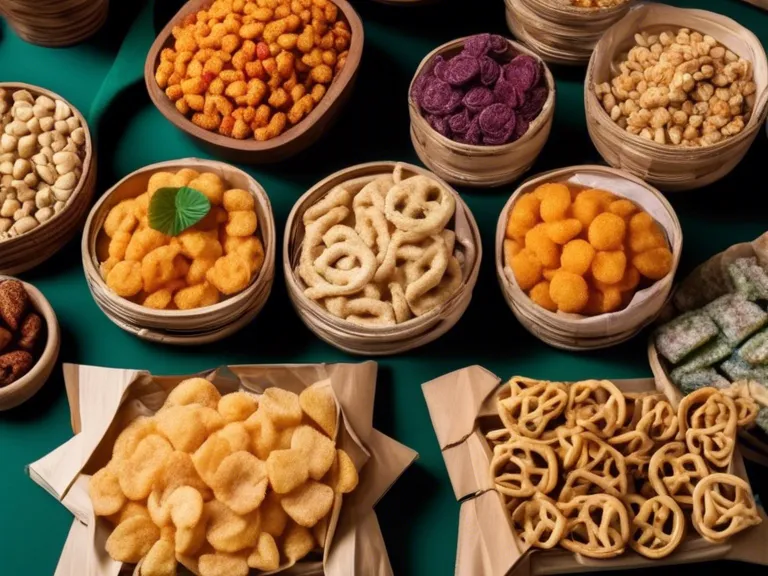
In today's age of globalization, traditional snacks from various cultures are undergoing a transformation to appeal to a wider audience. As people around the world become more interconnected, the demand for diverse and unique snacks has grown. This shift has led to traditional snacks being reimagined with a modern twist to cater to the tastes of a global audience.
One way traditional snacks are evolving is through fusion cuisine. Chefs are blending flavors and ingredients from different cultures to create innovative snacks that offer a new take on old favorites. For example, traditional Japanese mochi is now being infused with Western flavors like chocolate and peanut butter to create a unique fusion dessert.
Another way traditional snacks are evolving is through packaging and presentation. As more traditional snacks are being exported to different countries, manufacturers are redesigning packaging to appeal to a wider range of customers. Bright, colorful packaging and convenient single-serving sizes are becoming more common to attract consumers looking for on-the-go snacks.
In addition to fusion cuisine and updated packaging, traditional snacks are also being adapted to meet dietary preferences and restrictions. With the rise of plant-based diets and gluten-free lifestyles, traditional snacks are now being made with alternative ingredients to accommodate these preferences. This allows more people to enjoy traditional snacks without compromising their dietary choices.
Overall, the evolution of traditional snacks in the age of globalization highlights the versatility and adaptability of food cultures around the world. From fusion cuisine to innovative packaging to dietary adaptations, traditional snacks are finding new ways to appeal to a global audience while still honoring their cultural roots.



